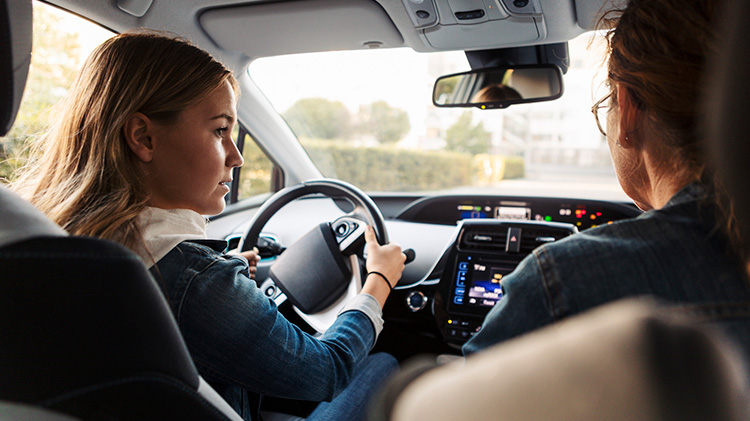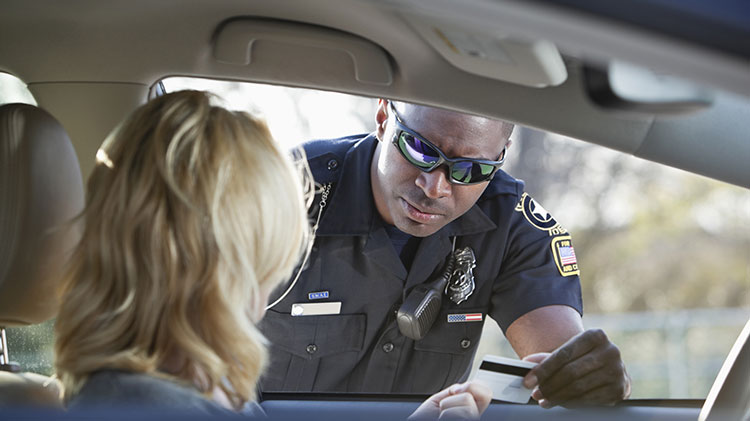Driving distractions and how to avoid them
Texting while driving is one of the most dangerous driving distractions, but here are some others.
Did you know...
- Taking your eyes off the road for 2 seconds doubles your risk of being in an accident.
- The average time it takes to read a text message is about 5 seconds.
- If you're driving at 55 mph and look at your phone to read a text, you will likely drive the full length of a football field without watching where you were going.
Get an auto insurance quote
Want to protect your car?
Driving distractions to avoid
- Texting — texting while driving is against the law in nearly every state.
- Applying makeup or shaving — try to do your morning routine at home.
- Eating and drinking — stay safer by saving the refreshments until you're parked.
- Attending to children and pets — having a pet in your lap can also interfere with safe driving.
- Taking your eyes off the road — try not to let your focus drift to things such as billboards or other people.
- Playing the radio too loud or wearing headphones — these can reduce the likelihood you'll hear car horns, emergency vehicles or other key noises.
- Watching or recording videos — wait until you’ve reached your destination.
- Daydreaming — try varying your typical driving route. A change in scenery and traffic conditions could help you stay alert.
- Nodding off — if you feel sleepy, pull over, find a safe place where you can walk around to rouse yourself, switch drivers or nap before you resume driving.
- Holding or reading maps — while GPS systems are generally considered safer, do not try to input information in the GPS while driving.
Key findings around distracted driving
In 2023, NHTSA reported that 3,275 deaths ocurred due to distracted driving. A 2025 survey from State Farm showed that 80% of drivers admit to engaging in at least one distracting behavior while driving. Here are some findings from the survey:
- 45% manually type GPS addresses while driving
- 44% scroll through music playlists
- 39% read or send text messages
- 34% manually dial cell phones
- 28% manually interact with cell phone apps
- 21% read or send emails
- About 65% of drivers believe it’s okay to take their eyes off the road for 2 or more seconds
- A 2-second glance away from the road actually doubles crash risk
- Reading or sending a text takes 4.6 seconds on average
- It takes 4.6 seconds to drive the length of a football field at 55 mph
- The takeaway — reading a text is like traveling the length of a football field at 55 mph with your eyes off the road
- According to auto telematics data, 1 in 3 crashes occurs within one minute of a driver using their phone
State Farm believes in educating the public about the importance of vehicle, driver and passenger safety. Stay safe behind the wheel with more safe driving tips from State Farm.




